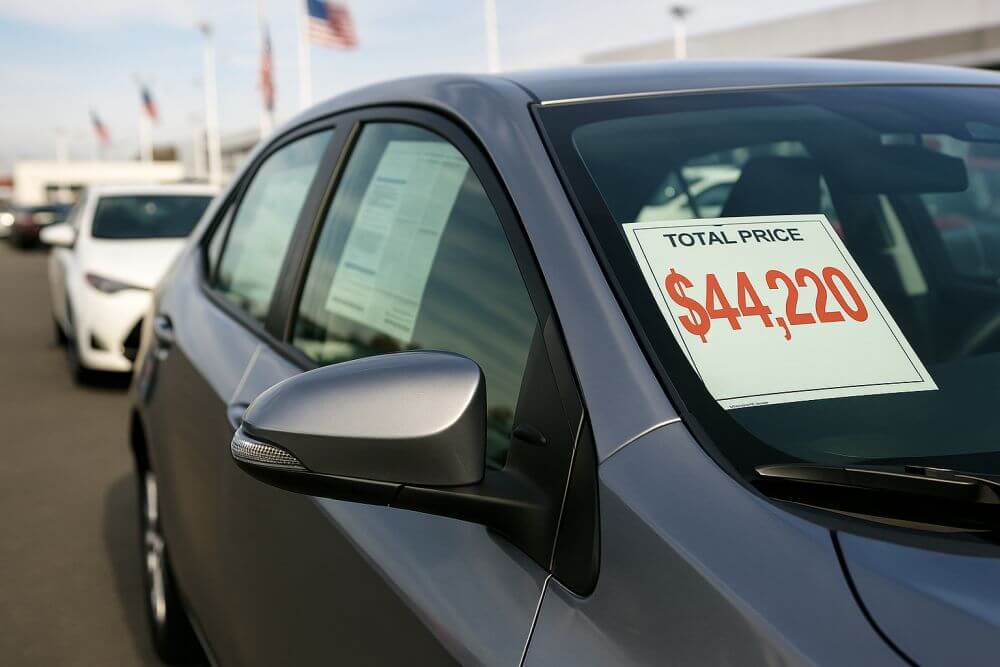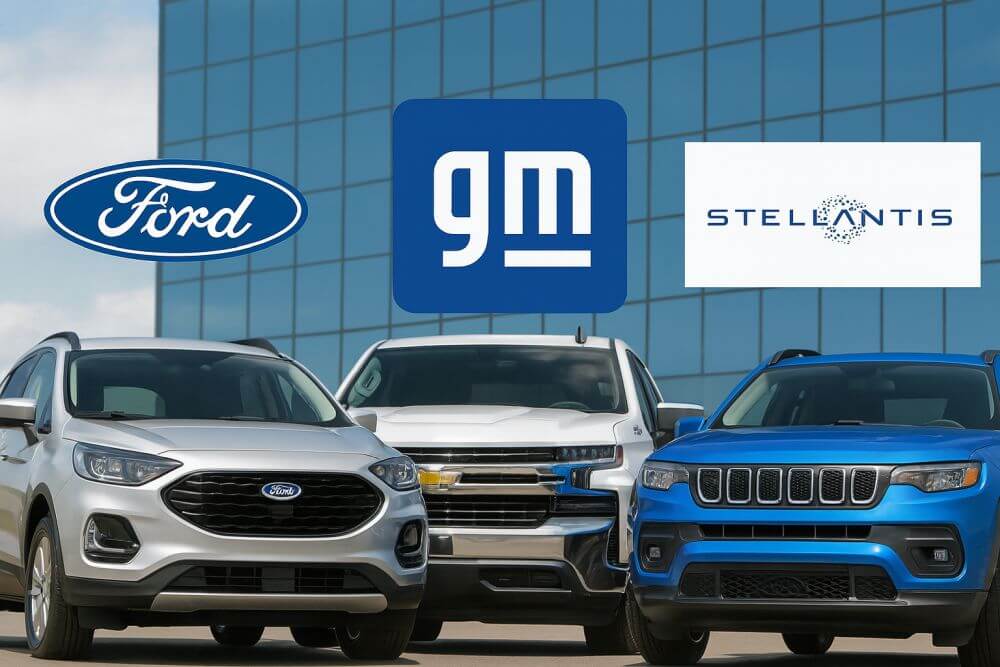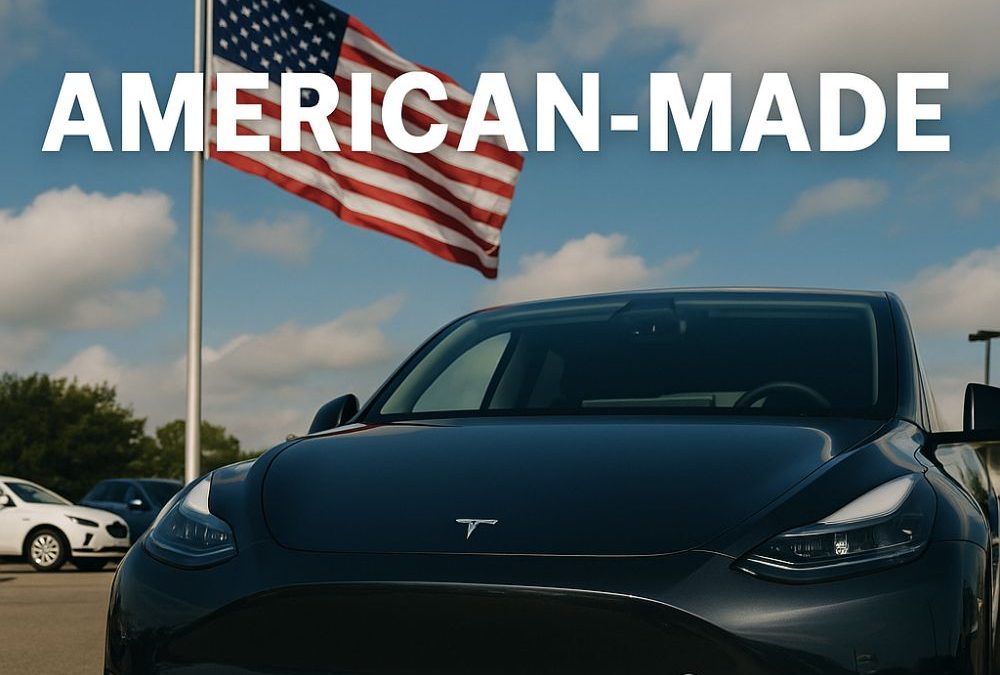The Biden administration’s continuation of Trump-era 25% tariffs on imported vehicles and auto parts has begun to reshape the U.S. auto market. With sticker prices climbing by $4,000 to $5,000 per vehicle, American consumers are now directly feeling the financial strain at the dealership and beyond.

What the Tariffs Mean for Car Buyers
The tariff policy, aimed at encouraging U.S.-based production, is adding substantial costs to vehicles assembled overseas or reliant on foreign parts. Even models manufactured in North America but containing globally sourced components are affected.
Key Effects on Consumers:
-
Higher prices: Average new vehicle prices are expected to hit $48,900+ in Q3 2025.
-
Loan impacts: Monthly payments could rise by $50–$90 depending on loan terms.
-
Insurance premiums: Costlier vehicle values are pushing premiums up 8–10% year over year.
Used Vehicles in High Demand
With new vehicles becoming less affordable, the used car market is experiencing a surge. Dealerships are reporting:
-
10–12% increases in used car sales since April 2025.
-
Fewer trade-in incentives for new vehicles.
-
Faster turnaround times on low-mileage models under $25,000.
Consumers are shifting focus to vehicles that retain value without the inflation shock caused by import tariffs.
Automaker Reactions and Dealer Strategies
Manufacturers are adjusting their pricing strategies in real time. Many are:
-
Scaling back promotional offers.
-
Redirecting new model production to U.S. facilities.
-
Accelerating plans to localize supply chains.
Some dealers have started offering tariff timing discounts—sales on inventory imported before the tariffs took effect—to help offset price resistance.
How to Avoid the Full Tariff Hit
Savvy car shoppers can mitigate the financial hit from tariff-related price spikes by:
-
Buying American-assembled models with lower import content.
-
Shopping dealership inventory from early 2025 that may reflect pre-tariff pricing.
-
Exploring certified pre-owned options to retain warranty benefits without full sticker shock.
Additionally, some financial institutions are starting to offer flexible payment plans or extended terms to help buyers stay within budget.
A Bigger Economic Picture
Tariff policy remains controversial. While designed to stimulate U.S. jobs and factories, it’s having unintended consequences:
-
Slowed delivery timelines due to shifting production logistics.
-
Increased trade tension with EU and Asian automakers.
-
Stifled affordability for average American buyers already coping with inflation.
Calls for policy alternatives—such as EV purchase incentives or tax relief on domestically sourced vehicles—are gaining traction among consumer groups and automakers alike.
Final Takeaway
Trump’s 25% tariffs are reshaping the economics of buying a car in 2025. From inflated prices to shifting market demand, the ripple effects are real and ongoing. Whether you’re a first-time buyer or looking to trade in, understanding how these tariffs impact your wallet is now essential to making the right auto decision.


